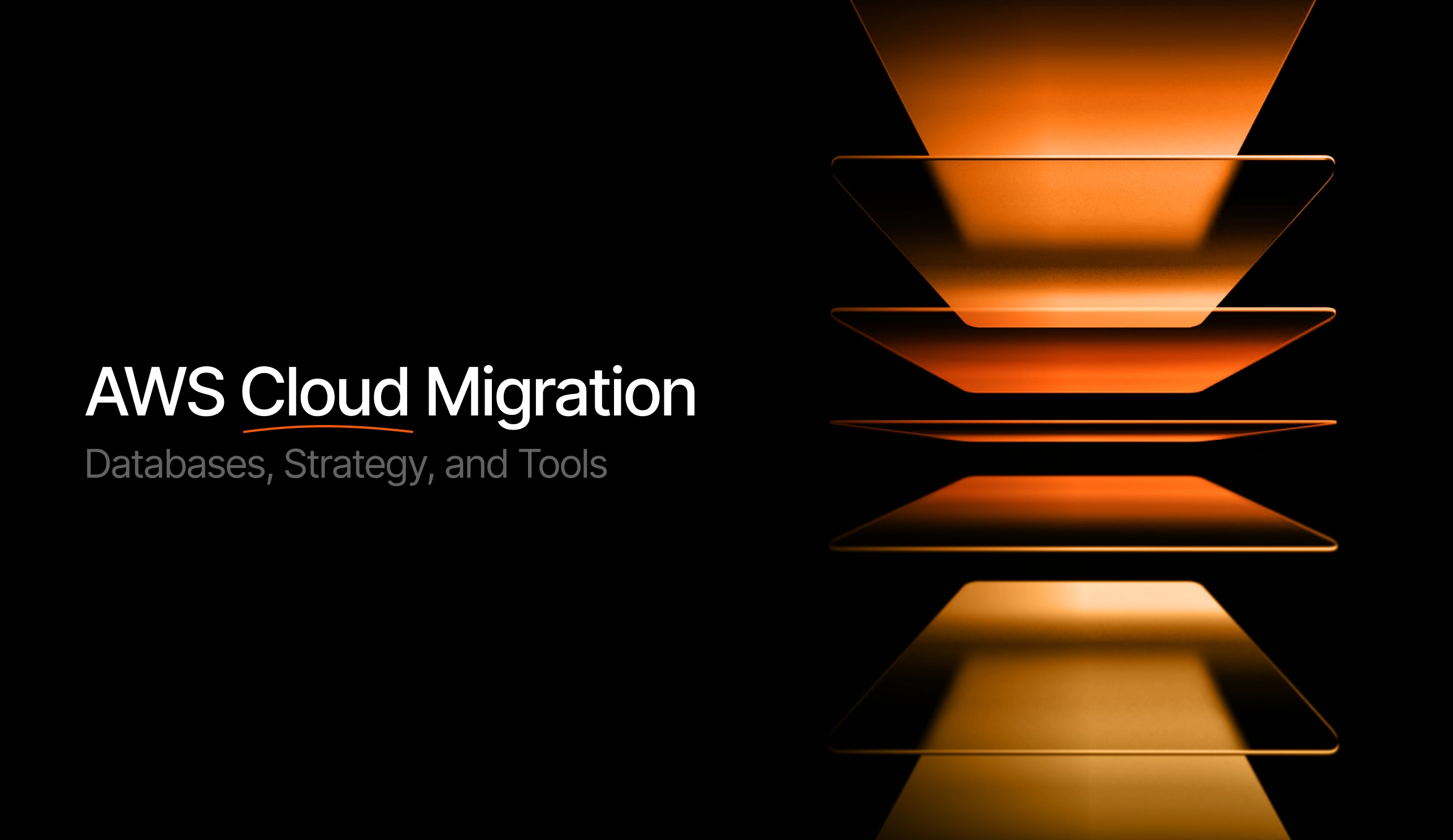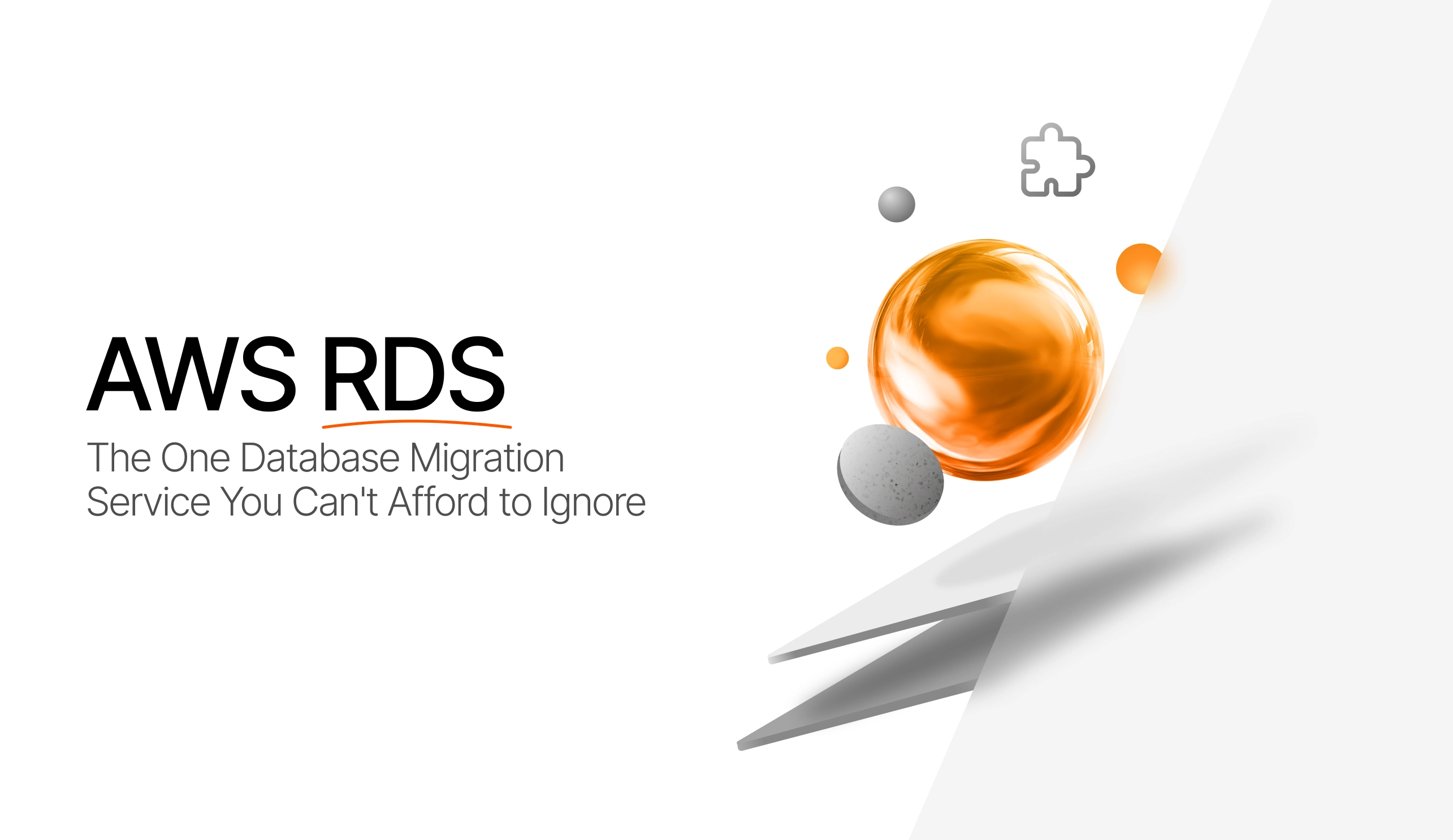Migrating a relational database like Db2 to a cloud-native platform such as AWS Aurora is a common modernization initiative. The goal behind this move is often to improve scalability, reduce operational burden, and enhance performance.
If you're planning such a project, look no further. Below, you'll find a technical walkthrough of the Db2 to AWS Aurora migration process, which consists of two main stages: a detailed assessment and the execution of the database migration.
1. Target engine selection: Aurora MySQL vs. Aurora PostgreSQL
Amazon Aurora is compatible with two open-source database engines. The choice of which edition to use is a foundational architectural decision.
Amazon Aurora MySQL-compatible edition
Choose this path if your applications or development teams have an existing investment in the MySQL ecosystem. It offers significant performance gains over standard MySQL and is suitable for high-throughput OLTP workloads.
Amazon Aurora PostgreSQL-compatible edition
This edition is often selected for applications that require complex queries, extended data types, and robust procedural logic. It provides a strong feature set for analytical workloads and enterprise applications that traditionally run on commercial databases.
2. Assessment phase: pre-migration technical analysis
Before any code or data is moved, a static analysis of the source Db2 database is necessary. This step identifies potential challenges and quantifies the migration effort. An automated assessment tool like Ispirer InsightWays can perform this analysis.
What is automated assessment?
An assessment tool connects to the Db2 database to read its system catalog. It parses the data definition language for all objects and the code inside procedural objects like stored procedures, functions, and triggers. It does not access business data. The tool then builds a detailed report based on this analysis.
Key outputs of the assessment report
The report provides critical data points for project planning.
Automation forecastThe tool compares the Db2 SQL dialect, data types, and procedural constructs against its internal library of conversion rules for the target Aurora edition. This results in a percentage that estimates how much of the database code can be converted without manual changes.
Complexity analysisObjects are categorized as simple, medium, complex, or manual. An object is "complex" if it uses a feature with no direct equivalent in Aurora. For example, a specific Db2 built-in function might need to be rewritten as a new user-defined function in Aurora PostgreSQL.
Manual work identificationThe report flags the exact objects and lines of code that require manual review. Thus, you can focus your efforts on the most difficult parts of the migration.
Tool customization pathsIf your Db2 code uses custom or repeating patterns not covered by standard conversion rules, the report can suggest areas where the migration tool itself can be customized. Adding new rules for project-specific patterns can increase the automation rate.
Use cases for automated assessment
This analysis is valuable for several roles:
- Architects can identify technical roadblocks and make informed decisions about the target platform.
- Project managers can create accurate estimates for project duration and resource needs.
- Developers receive a clear list of complex code sections that require manual work.
3. IBM Db2 to Aurora migration phase step-by-step
After the assessment, the technical conversion begins. A migration utility like the Ispirer SQLWays is used for schema transformation and data movement.
Step 1: Initialize the project directory
A local project directory is created. This directory will store all artifacts of the migration, including logs, SQL scripts, data files, and configuration settings.
Step 2: Configure the source (Db2) connection
The tool requires a connection to the source Db2 database, typically via an ODBC DSN. The provided credentials must have sufficient permissions to read the system catalog tables to extract DDL for all required objects.
Step 3: Configure the target (AWS Aurora) connection
You then provide the connection details for the target Aurora database instance. This includes the endpoint URL, port, database name, and credentials. The tool will use this connection to execute scripts and load data.
Step 4: Select objects for database migration
The tool displays a hierarchical view of the Db2 database schema. Here, you select the specific schemas, tables, views, procedures, and other objects to include in the migration scope.
Step 5: Define conversion options
This step allows for customization of the transformation logic. You can define specific rules for the migration. For example, you can map a DB2_DECFLOAT data type to PostgreSQL's NUMERIC or change the naming convention for table constraints to match new standards.
Step 6: Review the configuration summary
A summary screen displays all the selected options. The tool also generates a command-line equivalent, which allows you to automate and repeat the migration process in different environments (dev, test, prod).
Step 7: Execute the two-phase migration
The execution process is divided into two distinct phases:
- Conversion: An offline process where the tool transforms the extracted Db2 object definitions and logic into SQL scripts compatible with Aurora (MySQL or PostgreSQL dialect).
- Import: An online process where the tool connects to the Aurora instance and executes the generated scripts to create the schema and load the data.
Step 8: Use the AI Assistant for code correction
If a procedural object fails to convert automatically, the AI Assistant can help. This feature sends the problematic Db2 code snippet to a large language model. The prompt includes context about the source (Db2) and target (Aurora) dialects.
The LLM then suggests a corrected, functional version of the code for the target platform, which can accelerate the manual correction cycle.
Step 9: Perform validation and testing
Before the final cutover, rigorous testing is essential. This includes:
- Unit tests: Verify that individual procedures and functions produce the correct output in Aurora.
- Integration tests: Ensure the application functions correctly when connected to the new database.
- Performance tests: Confirm that query response times and transaction throughput meet or exceed performance requirements.
Step 10: Plan and execute the cutover
The final step is to switch the live application to the new database. To minimize downtime, this is often done with a data synchronization strategy. An initial bulk data load is performed, followed by a change data capture process to keep the Aurora database in sync with the Db2 source.
The final cutover involves updating the application's connection strings to point to the Aurora endpoint and decommissioning the old Db2 database.
Frequently Asked Questions
Is AWS Aurora fully compatible with MySQL and PostgreSQL?
AWS Aurora is designed to be wire-compatible with MySQL and PostgreSQL. This means most existing applications, drivers, and tools that work with these databases can connect to Aurora with minimal or no changes.
However, there are minor differences in system parameters and supported features that should be reviewed.
What is the technical difference between Amazon RDS and Amazon Aurora?
Amazon RDS is a managed service that runs standard open-source database engines (like MySQL or PostgreSQL) on EC2 instances. Amazon Aurora is a custom-built database engine that is also part of the RDS family but features a cloud-native architecture. Its key difference is the separation of compute and storage.
The storage layer is a distributed, self-healing log-structured system, which provides higher performance, durability, and faster recovery than a traditional monolithic database architecture.
Can a SQL Server database be migrated to AWS Aurora?
Yes. This is a heterogeneous migration to the Aurora PostgreSQL edition. The process requires schema and code conversion to translate T-SQL and SQL Server data types into their PostgreSQL equivalents.SQLWays can automate this translation before the data migration phase.







